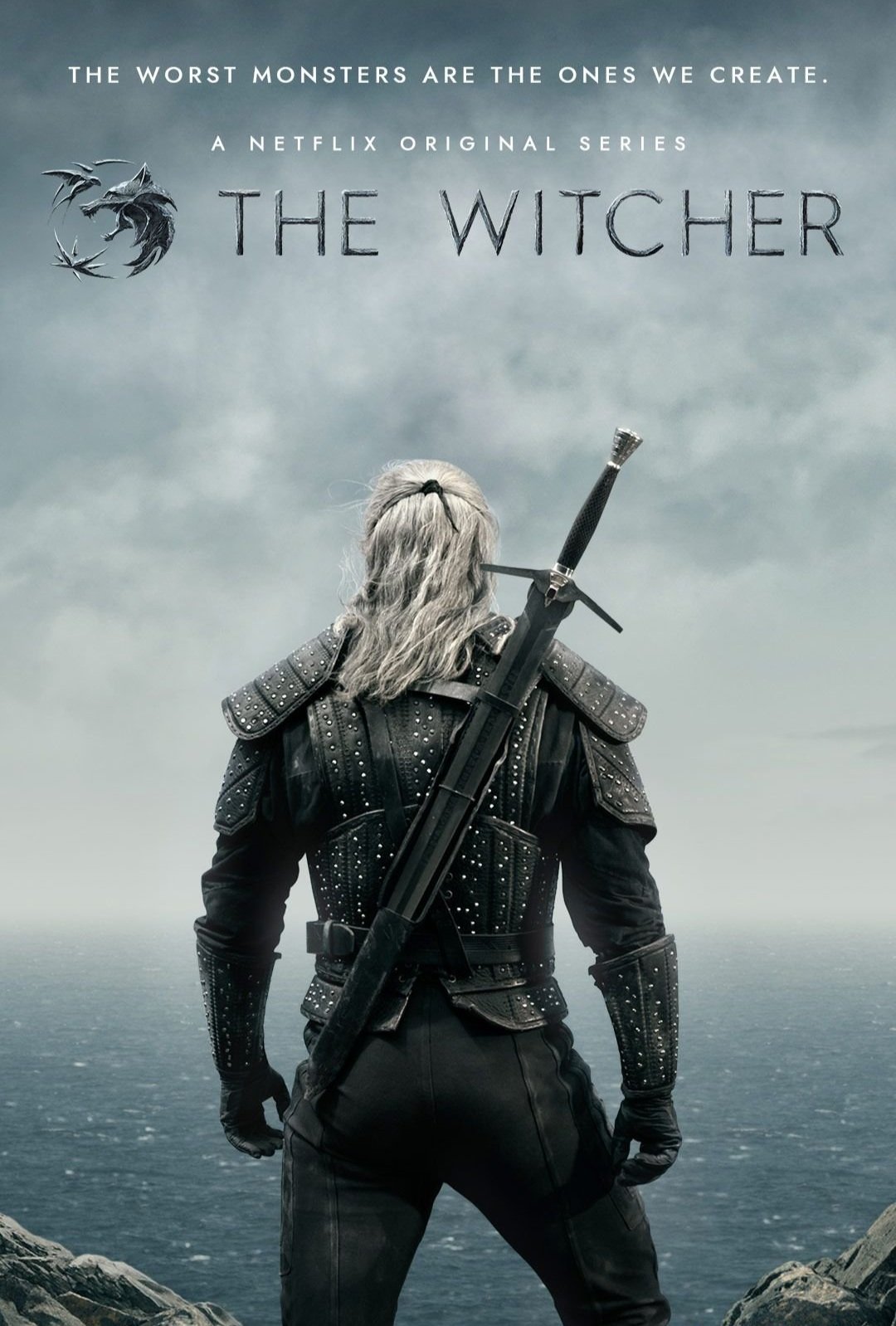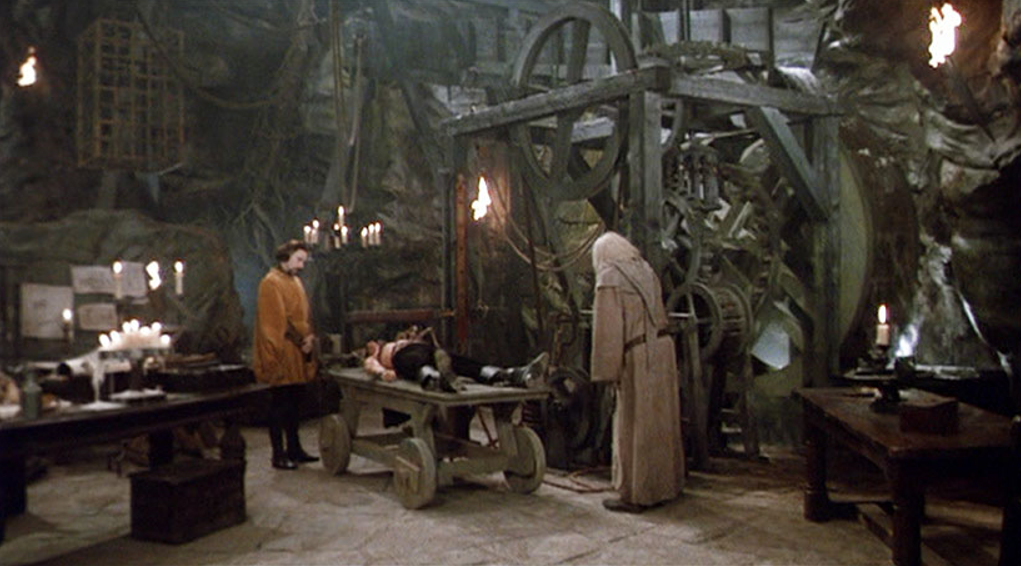Conflation Confrontation
/Credit to Henry Hustava (@enzo74) on unsplash
The thing I love most about fantasy is that it doesn’t rely on realism. That’s the whole point of it, actually. Yet, there’s this odd notion on the rise — especially on social media — that fantasy should include historical accuracy.
This is not entirely untrue. If someone writes a fantasy story based around historical events, that does call for accuracy! Even a reference to something historical should be checked. But there seems to be this idea that any western, medieval-style fantasy needs to be historically accurate. However, there are a few problems with this conflation of historical fiction and fantasy.
Here are the main ones:
Fantasy does not rely on realism
Yes, I’m already repeating myself. This one, defining feature of fantasy basically nixes the historical accuracy argument. Since fans of fantasy — the ones who tend to bring it up — should know this tidbit about the genre, the argument shouldn’t even exist.
Unfortunately, there’s a very simple reason it still does.
This claim is almost never actually about historical accuracy
Which means it isn’t even a conflation! This argument is almost always about exclusion. And I’m not talking about casts and characters that aren’t diverse. I’m talking about the ridiculous amount of gatekeeping done by fans. Or, more accurately (ha), done by straight, cis, white, male fans.
Often, when people make the argument about historical accuracy, it’s in relation to:
The presence of women
The presence of people of colour
The presence of LGBTQ+ people
Of course, the reality is that these arguments are made to excuse misogyny, racism, and homo- and transphobia in media.
Misogyny
Credit to New Line Cinema’s The Lord of the rings: the two towers
Regarding misogyny, things for women are way better now than they were in oh, say, medieval Europe. Women didn’t even exist back then!
… Just kidding. But this is, essentially, an argument that is pushed by exclusionists. They’ll explode at the sight of a woman doing “something they didn’t do back then!” which encapsulates just about everything that makes fantasy, well, fantasy.
The counterpoint to this is simple. Women were not invisible in medieval times. They did types of work that was typically considered “men’s work” such as helping run businesses and bringing in the yearly harvest. If a woman could do that, she could probably do anything else a man could, too — like take up a sword.
Racism
The simple answer for this one is that the claim of there being no people of colour in medieval western Europe is that it’s factually incorrect.
There are public records, called pipe rolls, that detail black people and people from western Asia living in medieval England. If the requirement for people of colour to be in fantasy stories is that they had to live in western Europe for a fact, they get a pass!
Homo- and Transphobia
Lots of ‘phobes think that LGBTQ+ identities are some new-fangled thing. They’re not, of course. What’s new is that LGBTQ+ people are less afraid to be themselves and have access to widely-used labels.
Homosexuality existed in plenty of cultures around the world beyond and before medieval Europe. The book The Song of Achilles by Madeline Miller is all about the romantic relationship between the Greek mythological figures Achilles and Patroclus. The nature of their relationship was not an assumption made by Miller.
She traces the original idea back to the famous Greek philosopher Plato. He was estimated to have lived between 428 and 347 B.C.E, where medieval times are commonly believed to have started around 476 C.E. Here’s a graph to emphasize the time difference:
Credit to Artoba tours (artobatours.com)
If that’s not enough, here are some lovely calculated statistics about how many transgender and intersex people would have been alive during 14th century France.
I’m just going to throw this out there one more time for good measure.
Fantasy does not rely on realism.
What is and isn’t true in a fantasy story is entirely up to the creator. If they want to write something historically accurate, there’s nothing wrong with that! But at the end of the day, fantasy is not history. To use the defence of “historical accuracy” to push a bigoted agenda is well and truly vile. It’s my sincere hope that I live to see the day when fantasy is a space that warmly welcomes us all.
Simona Casale
Simona is an aspiring editor and fiction author. In her free time she like to crochet, play video games, and read fanfiction. If you need to find her, check the nearest restaurant that serves ahi tuna bowls — look for the girl in pink.












